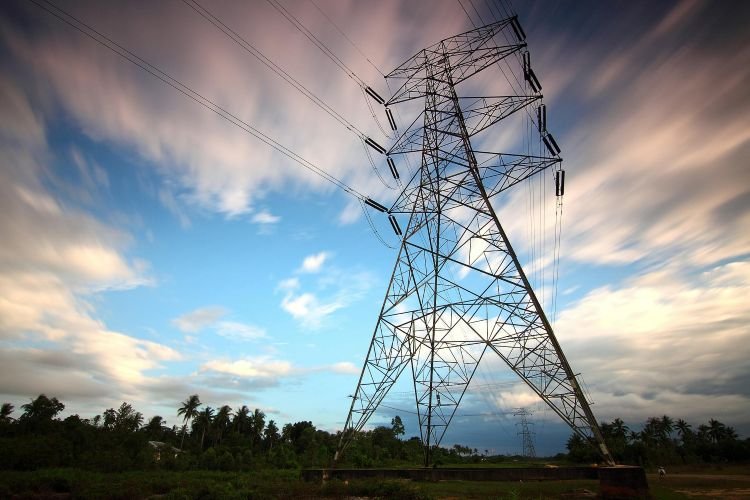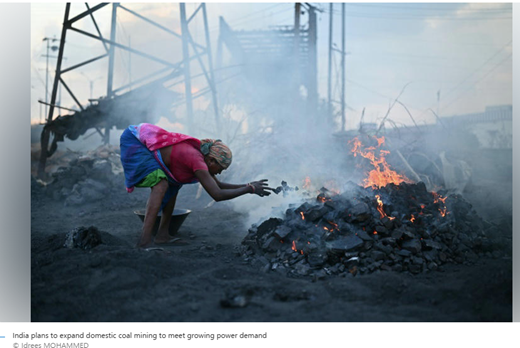Going Electric – World Energy Outlook 2024
World Energy Outlook 2024,
Three themes stands out in this year’s World Energy Outlook (WEO) 2024, published annually by the International Energy Agency (IEA) and which, as its name suggests, gives an indication of the current global energy position and future trends:
- Firstly, the rate of electrification of energy systems and the impact that that has on energy demand overall,
- secondly the reasons for the surge in demand for electricity and
- thirdly the sources of generation for new electricity. So in a word, electricity!
The report, as in all IEA analysis, looks at energy through three different models of demand depending on the speed of transition to new energy models:
- STEPS ( the Stated Policies Scenario) which predicts future demand based on a continuation of current energy policy trajectories as already committed by world governments,
- APS (Announced Pledges Scenario) examining what would happen if Governments delivered on commitments in their national targets including net zero goals and
- NZE50 (Net Zero Emissions by 2050) what would be required by this date to limit global warming to 1.5 degrees.
The WEO2024 has again this year the perennial concerns about matters of energy security and uncertainty in the global energy decisions centring in 2024 (again) on the wars in Ukraine and in the Middle East. Looking at how policies are likely to evolve mentioning the number of important elections happening in the World, but not commenting on the Trump election in the US which hadn’t happened prior to publication but certainly hugely acerbates all questions regarding the transitions. If the report is not made redundant by the election outcome (and it hasnt as the issues considered are much broader in scope than the US and its presidency, in fact it is the role of China that appears to be pivotal) but nevertheless that outcome will have a significant negative impact on the analysis.
Energy Demand
The WEO 2024 predicts a reduced rate of growth for energy across all three energy scenarios which it accounts for in terms of firstly energy efficiency or reduced energy demand (from what would otherwise be the case) and secondly electrification of energy supply, as electricity as a source is significantly more efficient form of energy conversion to end use than burning of fossils directly, whether in industry, heating buildings or in cars.
This is evidenced in developed countries where over the past decade energy demand has fallen by 0.5% as efficiency has steadily improved. However in the developing world with over 85% of the world population demand, has risen by 2.5% year on year reflecting a 50% growth in the economy. The averaged total energy growth increased at a rate of 1.4% over the last decade. However as energy efficiency measures increase, that even in the most cautious scenario, STEPS; between 2023 and 2035, the report predicts energy demand to fall to 0.5% growth per year, even while GDP grows at similar rates to the past decade.
Under the APS scenario, energy demand would actually fall 3%, while under the more ambitious NZE50, the fall would be a massive 15% per year. These might seem unrealistic but the effect is also substantial; achieving the APS rate would mean global heating is limited to 1.7 degrees. With the increasing experience of destruction and loss across the globe, it may well be that there is the growing social demand and political will to make these changes happen.
Electrification
Electrification is seen as a major reason for the reduced demand, or reduced growth in demand, for energy and a key element of that electrification is attributed to the transition from fossil internal combustion engines (ICE) to electric vehicles (EVs). (Other sources for increasing electricity demand are for cooling in a hotter planet and for energy hungry artificial intelligence data processing).
In a bold and leading prediction, the WEO24 expects that even in the STEPS scenario, EVs will supply 50% of new vehicles by 2030 which is only six years away although it admits some uncertainty in that figure . But before the figure is dismissed as incredible altogether, the report points out that China, the largest fossils consumer by some way, has already achieved that level in 2024!
In terms of transition this must point to one of the most hopeful signs of transition in the past year. The rise of EVs are already as the report puts it ‘wrong-footing oil producers’ and this level of adoption would lead to a glut of oil and downward pressure on the oil price particularly as new sources of supply in the US, Brazil and Guyana come on market. A trend confirmed by major oil producer BP in its own latest outlook report which expects oil demand to peak in 2025 and by the Oil-Price website which looks at the effects of cheaper oil on global economics.
Fossils or Renewables
But lower fossil fuel prices, which would happen as supply outstrips falling demand, is a double edged sword in terms of the transition to clean energy as it makes fossils more competitive. The biggest question then is what sources of energy will generate the new demand for electricity? – the major candidates being either coal, gas or renewable energy (RE). This is combined with another major development highlighted in the report with the rise of liquified ‘natural’ gas (LNG), with a nearly 50% increase in supply led by the US and Quatar. But LNG is not cheap to produce and deliver – the report estimates that a price of USD 8/MBU is required to make the production competitive but developing countries can source cheaper generation from other sources (principally either coal or renewables) leading to another glut, this time in gas production.
So the biggest showdown may in the next decade come between clean renewables or the dirtiest ( at least in terms of carbon and other pollutants) but cheap and plentiful coal. And demand for the convenience, security and ease of coal generation, deeply embedded in current electricity generation models will not easily be abandoned. Indeed as recently reported, with gas prices rising sharply since the war in Ukraine, the demand for coal has also risen and to a new record high of 8.7bn tonnes in 2024 and remain at peak levels to at least 2027 according to revised estimates from the IEA.
Nevertheless, the IEA reports that RE is entering the market at unprecedented rates with 560 gigawatts (GW) added in 2023 and investment at $2 trillion, more than double all fossil new investment with costs resuming a downward trend. The second major prediction in the WEO24 has renewable energy rise from 4,250GW today to 10,000GW in 2030 under current STEPS policies. China again stands out, accounting for 60% of renewable capacity additions. In the report analysis, this rate of transition is sufficient to result in a peak in demand for all fossil fuels, even coal, by 2030 as the global economy continues to grow.
But that theme of uncertainty remains. Stripping out China, the growth of renewables is much slower in other developing countries where high financing costs are limiting the transition to clean energy resulting in only 15% of the total renewables investment going to other developing countries despite fact that they have over 2/3 of global population (over 5 billion people) and in greatest need of electrification – the investment needs to increase in fact x6.5 times in developing countries compared to to x2 times in developed countries to achieve net zero targets.
There is also a greater need to overhaul transmission and distribution grids as well as for massive grid scale storage sources to handle the distributed and flexible nature of renewable power generation which also adds to the complexity and cost of transition. It is also the case that despite the huge growth in renewables fossil fuels it starts from a relatively much lower base with the result that in 2023, as the report indicate,s that despite the much greater investment, ‘two thirds of the increases in global energy demand was still met by fossil fuels‘ and pushing energy-related CO2 emissions to another record high as seen recently in the global carbon report.
Critical Choices
Ultimately and critically, it will come down to a choice; how and where consumers and governments, spending nearly $10 trillion on energy in 2022, choose to source their electricity from?
As prices in fossils fuels fall supported it must be said by the large, costly and hidden subsidies which the US under the Trump Government is not expected to change anytime soon . But with the world on a trajectory towards 2.4C temperature increase, as documented in the most recent UNEP 2024 Gap report, the world is facing a choice, with energy prices on a downward trajectory and as the report indicates:
‘ buyers and consumers having the edge in energy markets for a time, with suppliers competing for their attention as they make fuel and technology choices that have widely different implications fo the energy sector and its emsissions.’
Will we collectively as energy consumers take the easy fossils options, with their established infrastructure advantage built up steadily over decades and thereby gifting more record profits to the industry as witnessed in 2022 for example?
Or will we commit and demand our Governments commit to the continuation of the energy transition to renewables; all with more infrastructural changes, larger upfront costs, and some disruption that that inevitably involves (just look at the opposition to renewable energy sites and transmission pylons). But also keeping in mind the purpose, goals and benefits of going green energy- combining effective climate action with a meaningful difference to the future emissions pathways, the security of ‘home-grown’ energy sources free of foreign wars and turmoil affecting supply (and price), not forgetting well paid green jobs, that the US under Trump seems so determined to abandon . Each of us in our individual choices and our actions will give that answer together, one of the most crucial for real transition and transformation!






